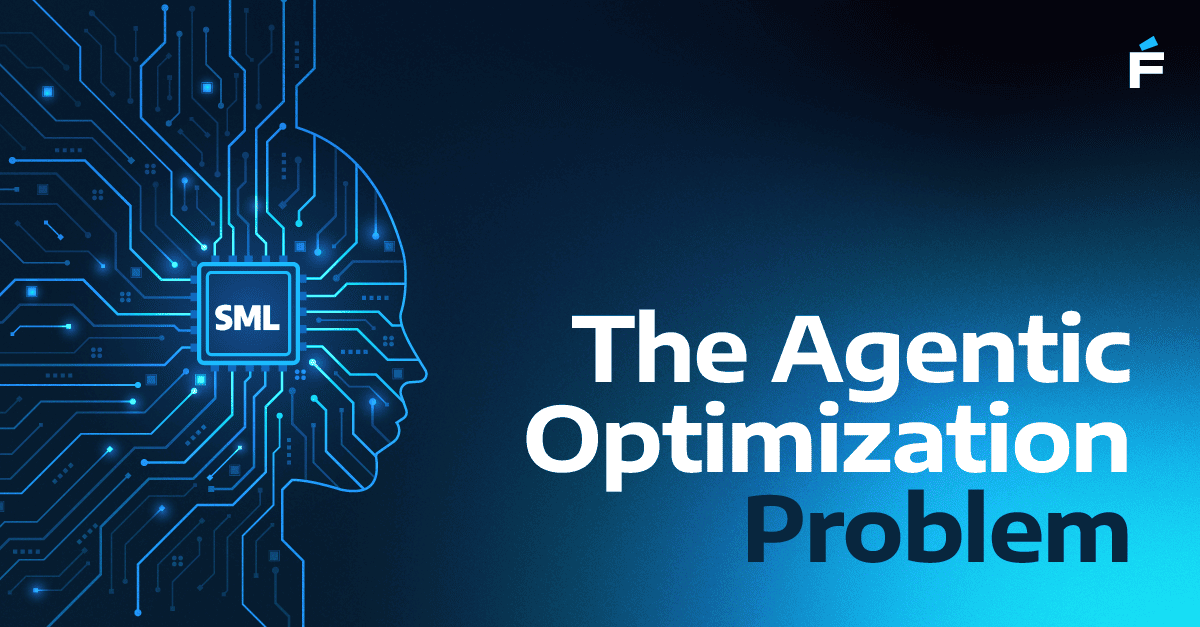Introduction
In a race to accelerate, evolve, and advance business ideas through technology, organizations face a common roadblock: staffing. To turn an innovative idea into a working product, you need the right people on the teams.
Finding qualified IT professionals isn’t easy. Jobs in tech are among the most difficult to fill, as qualified candidates are highly sought after in a limited talent pool. Instead of building an in-house team, many companies opt to outsource or “outstaff” their projects. Which works best and why outsourcing fails too often? The answer can vary, depending on the project and organization. What follows is an overview of each option and where each makes the most sense.
Achieving Business Value
Facing new challenges, IT staffing industry deals with the identification of industry needs and searching for the workforce to move the majority of firms forward. Staffing providers should anticipate customer needs, including the number of available professionals or developer teams, and move gradually to fulfill the requirement with matching IT personnel. The core objective is to enhance and ensure efficient project running for CIOs or managers by providing experienced professionals on time. Due to the growing competition, the IT staffing companies in the U.S. are striving to be higher than the current standards and keep the pulse of changes in technologies, and therefore, upcoming client demands.
Outstaffing vs. Outsourcing: Avoid the confusion
Another question that causes a little misunderstanding in software development is about IT outstaffing and IT outsourcing and how they differ. Both of these terms have come in the IT sphere and considered relatively new ones. Each of them includes the remote work, yet outstaffing stands for hiring experienced professionals from other firms to work on the project under control of the business owner and outsourcing means passing the software designing process to a third firm.
Outstaffing Mechanism
The term has occupied its spot in the IT sphere but it doesn’t draw many discussions. Simply put, outstaffing can be defined as follows: You hire professional employees who keep working at their regular workplace, but you’re the new employer. Roughly speaking, these are developers, QA analysts, product designers, business analysts, digital marketers, and others who work on the tasks you assign them.
The core of outstaffing is hiring employees and requirements, conditions, terms and other details are the matter of contract. Traditionally, the outstaffed team works remotely, thus, sometimes these employees may be invited to relocate and join the team. However, there are a couple of clouds on your happiness: motivation, adaptation, cultural fit, and psychological tension of the new workers from different countries.
Outstaffing: Advantages and Disadvantages
Outstaffing can adequately solve your business goals, yet it comes with its own set of benefits and risks. So, let’s shift attention to them.
- By hiring experienced IT employee, you avoid paying for taxes insurance, facilities, etc.
- You can change the number of professionals depending on your project requirements with ease.
- Guiding the specialists according to their talents to your ongoing projects’ requirements. Along with the pros, outstaffing comes to some drawbacks. Here are the things you may face:
- The communication between management and remote employees may be problematic.
- When some implementation mistakes will happen, you should solve them with your in-house team.
What's behind Outsourcing?
To put it simply, outsourcing is delegating projects to a third-party company with the required resources, qualified team, and equipment. As the importance of IT has grown, the companies of different industries open the advantages of contractors that provide high-quality software development and other services for relatively low costs. Yet, the primary task of outsourcing is the ability to use all resources to full-scale and take directions to introduce or develop the new focal business goals.
Apart from saving the costs, this IT development mechanism allows to avoid extra expenses, fulfill the need for in-house resources, eliminate IT staff hiring and training, but helps to entice remote professionals from other countries for efficient performance.
Pros and Cons in Brief
The service quality and the end product delivery in the outsource are under the responsibility of outsourcing provider, as well as any extra expenses (i.e. overtime, insurance, benefits, etc.) Among other advantages, you will:
- Delegate human relations responsibilities to your outsource provider
- Continue to run your business without any distractions or delays while the project development process is on
- Avoid paying for equipment, and other facilities
In the list of disadvantages, companies that are looking for remote staff will find:
- A considerable amount of time spent on project planning and tasks communication;
- The third party has more control over your end product in the development.
Outsourcing vs. Outstaffing: which is better for your business?
Many companies choose the remote software development teams due to their price of service and the quality of end product delivery. Either outsourcing or outstaffing will offer you quick and actionable results and properly performed on business initiatives. However, when should you go to outsourcing, and where you will prefer outstaffing. The choice of the mode depends on your requirements.
Picture this: your project is finished then it is wise and convenient to outsource it to the qualified team. If you are inexperienced with the offshore firm, you can turn to the marketplaces that provide the required transparency, NDAs to protect your business data, etc. Outsourcing is based on the partnership and, usually, the business relationships with the offshore company end up in the lasting, fruitful cooperation.
In case you want to monitor the performance of the remote employee and more responsibility, then outstaffing is the mode you need. By hiring dedicated specialists, you fulfill the missing elements of your team and get full control over the tasks you handle to them.




